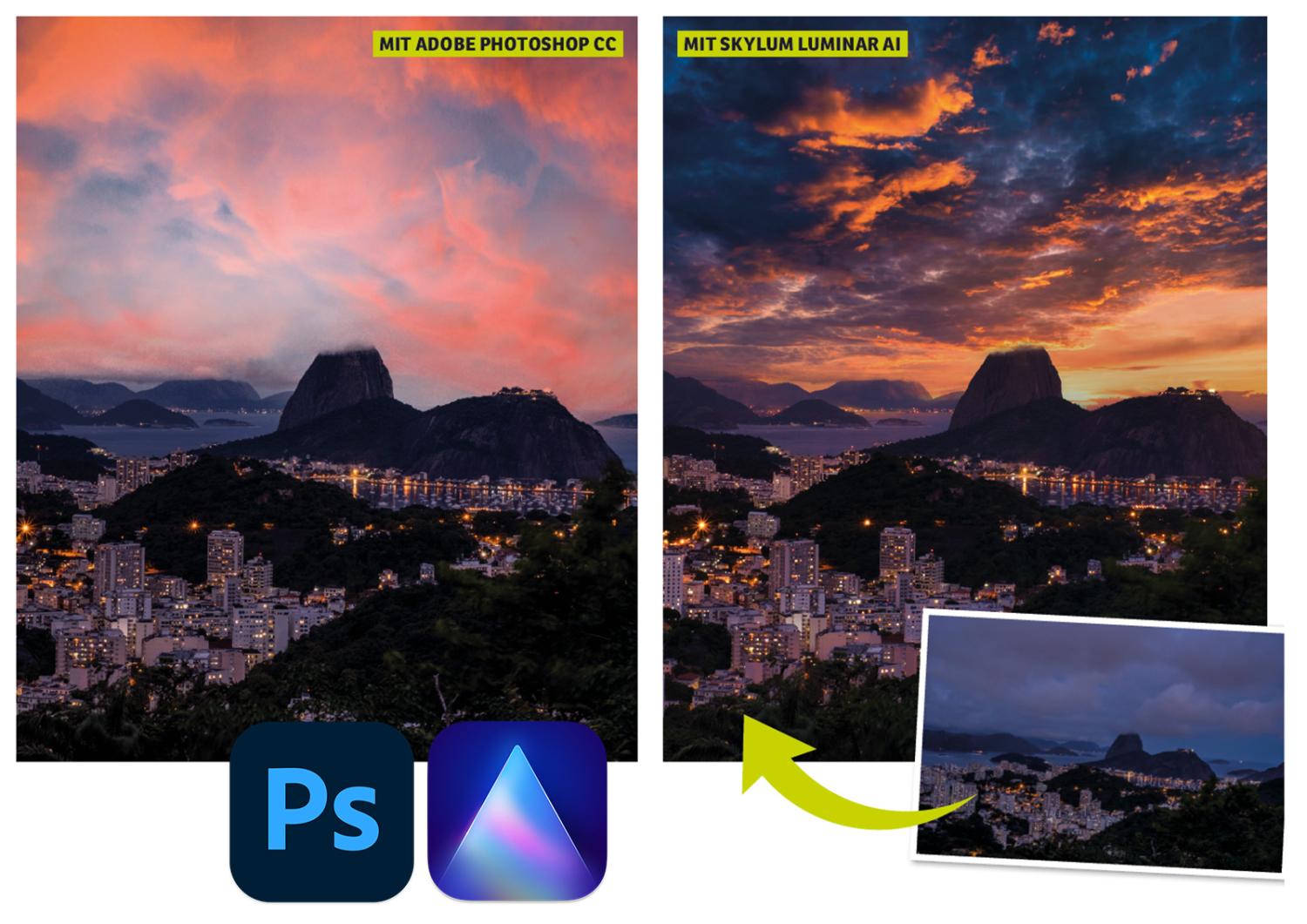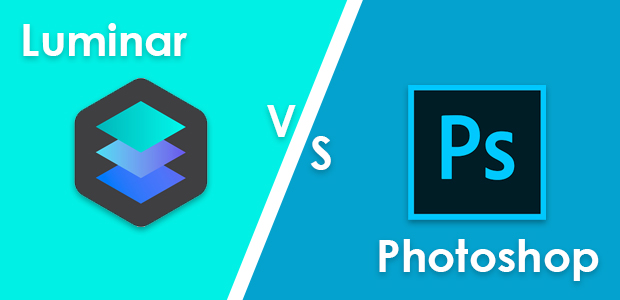
- #Luminar vs photoshop full
- #Luminar vs photoshop software
- #Luminar vs photoshop code
- #Luminar vs photoshop windows
The PhotoLab product has so many features worth checking out like incredible lens corrections, de-noising technology and a photo library tool to help you stay organized. Even if you are a Photoshop user, DXO fills in a lot of gaps that Photoshop wasn’t able to reach.
#Luminar vs photoshop software
The DXO software is for serious professionals and hobbyists looking to improve their photography. If you’re looking to get into photo editing and other graphic art, Gimp has some tutorials that you can follow.Ĭheck out Gimp and see if it’s for you! Affinity PhotoĪffinity Photo is professional-grade software that allows you to make high-quality edits to your images. There are a ton of photo features that match Photoshop, and you can work with virtually every file format.
#Luminar vs photoshop windows
It’s available on Mac, Windows and Linux. It’s been around for a long time and has had time to mature into a solid Photoshop replacement. I remember using Gimp on Linux over 15 years ago. You’ll have tools like the clone stamps and dodge and burn. You have selection tools like the magic wand and the lasso tool. The photo editor is actually really similar to what you can expect with Photoshop.

Pixlr is a web app, and there are two destinations to check out:
#Luminar vs photoshop full
In addition to having a full suite of editing tools, it can also be used to draw, add text and use existing design templates. Pixlr is a comprehensive tool that will fully edit, crop and adjust your photos. This is perfect if you are working with another designer who sends you a PSD, and you don’t have Photoshop.įor advanced users, you can leverage the API and write custom scripts to speed up your workflow. You can import a variety of different file types. For basic photo editing and filters, Photopea is an obvious choice for you to try. It’s pretty much a Photoshop clone in the browser. As a direct Photoshop replacement, it can help you create design assets like business cards and social media asset templates. You can design layouts, social media assets, presentations and more. I use Canva all the time, and it is an incredibly powerful app and website. Let’s jump right in to some of the Photoshop alternatives out there, and how any of them can help improve your photography. It’s a pretty easy decision for me to cut Photoshop from my Creative Cloud plan because I might go a few weeks without ever opening it. Especially now that Lightroom has excellent subject masking, Photoshop has a little less value for me personally. I use Lightroom for almost all of my photo manipulation. I’ll rarely use any options from the filters or even the RAW editing. As a photographer, the photo editing and retouching are the most important, but part of your photography business may require you to spill into the other creative workflows.įor me, I use Photoshop for photo resizing, clone stamping and content-aware fill. In this article, I’ll cover alternatives to all three of these above buckets, and explain what you can expect with each tool. I see three main buckets of creative work for which you can utilize Photoshop: In this article, we’re going to be looking at alternatives to Photoshop for anyone who’s not ready or interested in Photoshop as a creative tool.īefore diving into the different tools and competition, first, I’d recommend thinking about how often you use Photoshop and which types of things you use it for.

Until recently, there wasn’t a lot of competition for Photoshop. The possibilities are endless for manipulating your photos in lots of creative ways. Vote for Jeff’s “Cull” module idea to be added to Lightroom: photoshop.As a photographer, Photoshop is a powerful tool to have. Photo Taco – TIFF or PSD for External Editing:

Photo Taco – Photoshop Round Tripping Collections:
#Luminar vs photoshop code
Keep an eye on MacPhun and their Luminar product though because they are thinking about things differently, have a newer code base to work from, and they are going places fast enough Jeff could easily see Luminar becoming his recommendation for photographers just getting started. When you get to the point where you need to do something with a photo that can't be done in Lightroom then go to the Adobe Creative Cloud for Photographers subscription for $10/mo. Start with the stand-alone version of Lightroom for $150 and master it. However, the recommendation for photographers starting here in February 2017 is Lightroom. Jeff LOVES where MacPhun is going with Luminar and thinks they already have a very feature rich post-processing application here. Pricing* – Correction to what was in the episode, it is only $69 making it an even more incredible value! Jeff Harmon goes over 10 observations he has made comparing the new Luminar software from MacPhun with the old market leader in Adobe Lightrooom.ġ0.


 0 kommentar(er)
0 kommentar(er)
